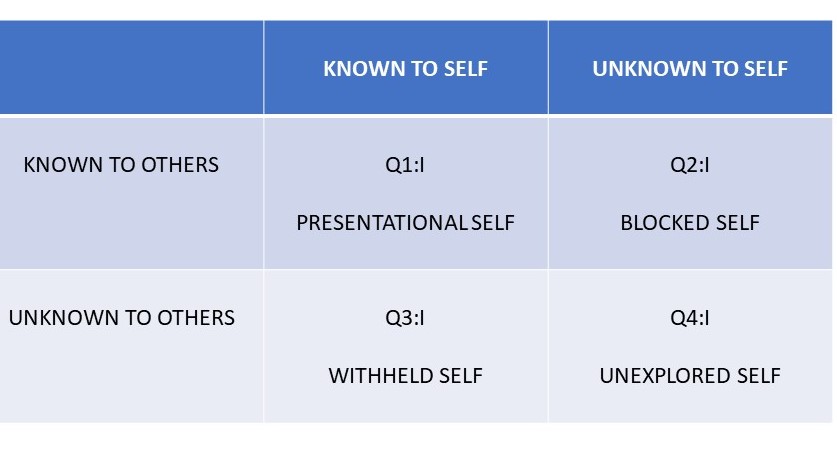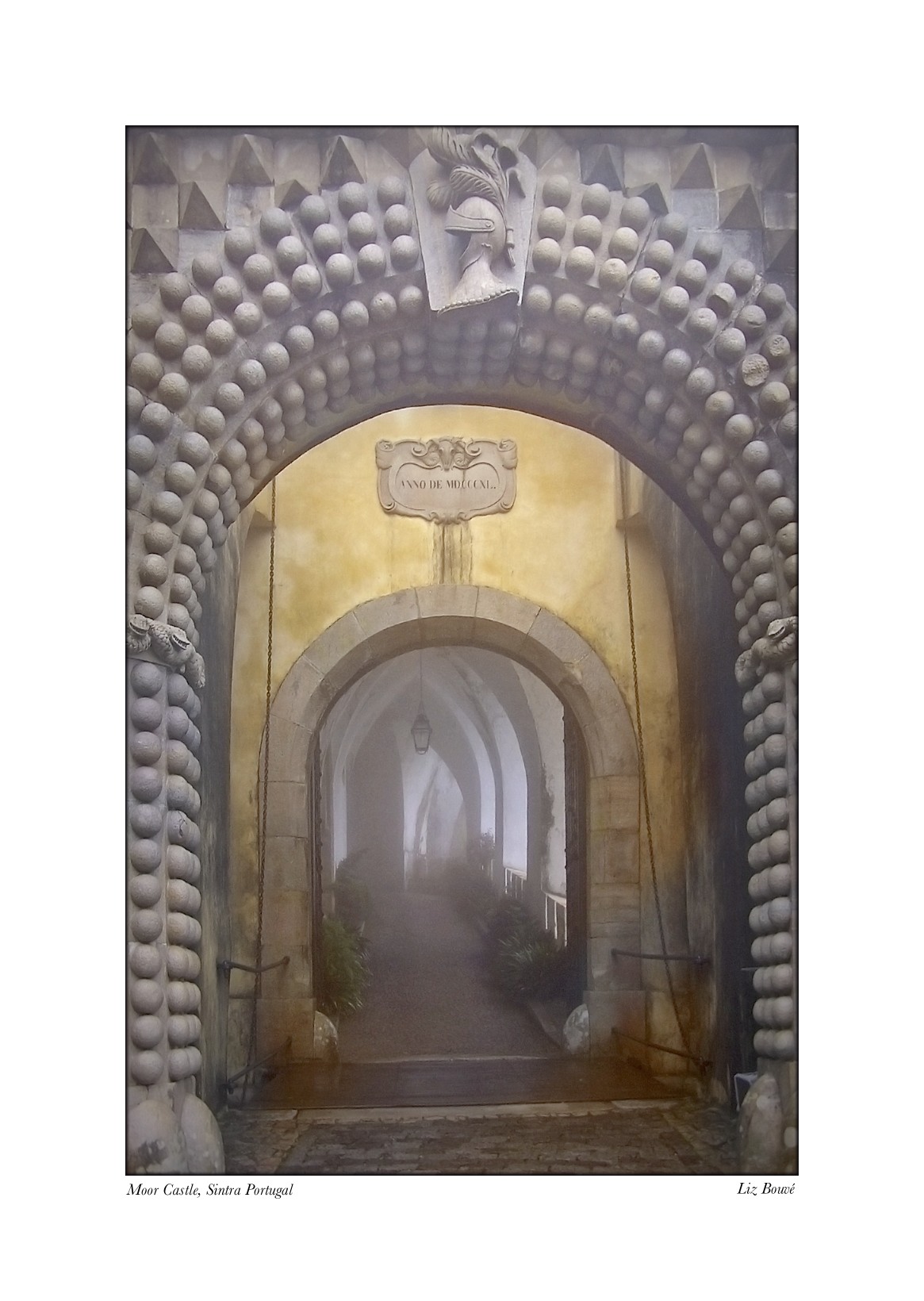
Multi-Dimensional Model
Hopefully, this two-dimensional model adds something to the Original Window; however, I wish to move beyond these two dimensions in the New Johari Window by introducing the dimension of internal world and external world. This enables us to move to a new metaphor regarding the New Johari Window: a storm window that comes complete with double panes. A storm window helps to separate the outside world from the inside. It offers a layer of air—a cushion or buffer—between the variable conditions of the external world (extreme temperatures, rain and snow, daylight and dark) and the less variable conditions of the internal world (thermostatically controlled temperature, no precipitation, controlled lighting).
The New Johari Window suggests that we similarly set up conditions in our interpersonal relationships so that we are buffered from the external realities of this interpersonal life. People with whom we interact profoundly influence us, yet, we are not simply tossed like a leaf by the exigencies of these relationships. We have the capacity to interpret, distort, and even ignore the messages being delivered intentionally and unintentionally by another person. We also deliver messages to other people that come from both the window we present to the outside world and the window we create inside ourselves. Thus, the New Johari Window has double panes representing both the internal and external worlds in which we live.
To the extent that the gap between these two panes is small, there is substantial congruence between our internal and external worlds. To the extent that the gap is large, there is an incongruent state and the dynamics involved in coping with this gap can be profound. In many instances, as we shall see throughout this series of essays, the gap is large because trust has been violated in earlier relationships—there have been violent external, interpersonal storms. We have therefore built a strong storm window to keep out the turbulent, unpredictable and potentially harmful relational storms. We protect ourselves with the gap in the two panes of all four quadrants, just as we install storm windows with large thermal gaps when choosing to live in climates that are turbulent, unpredictable and potentially harmful.
Figure Three:
The New Johari Window: Three-Dimensional
The External Panes
THE INTERNAL PANES
The double-paned Johari model suggests several powerful implications regarding personal assumptions about internal and external sources of control–particularly with regard to interpersonal perceptions and relationships. This interpersonal model also suggests that there are many ways to view interpersonal relationships. We can focus on the external panes or look deeply into the dynamics of the interior life of each participant in an interpersonal relationship. The double-paned window also points to the importance of interpersonal needs and to ways in which we express and fulfill these needs. Interpersonal needs are not simply shown to the external world. We don’t simply ask or demand that these needs be met. Rather, these needs may remain “at home” (the internal panes) and may rarely or very subtly be made known outside our home (the external panes) to specific people in specific settings.
I will briefly address, in turn, each of these themes in the following essays, looking first at the matter of internal and external locus of control. I will turn subsequently to three different perspectives on interpersonal relationships, and, finally, to the matter of interpersonal needs and how and when they are expressed. Each of these themes will receive much more extensive attention throughout this series of essays, as we begin to systematically address each of the four quadrants of the New Johari Window.
______
References
Bergquist, William. The Postmodern Organization. San Francisco: Jossey-Bass, 1993.
Freud, Sigmund. Inhibitions, Symptoms and Anxiety (Alix Strachey Translation). New York: Norton, [1929], 1959.
Jones, Edward and Nisbett, Richard, “The Actor and the Observer” Divergent Perceptions of the Causes of Behavior,” In Edward Jones, et al. (Ed), Attribution: Perceiving the Causes of Behavior. Morristown, NJ: General Learning Press 1972, p. 80.
Luft, Joseph. Of Human Interaction. Palo Alto, CA: Mayfield Publishing Co., 1969.
Luft, Joseph. Group Process: An Introduction to Group Dynamics (3rd Ed.) Mountain View, CA: Mayfield Publishing, 1984.
Whorf, Benjamin. Language, Thought and Reality. Cambridge, MA: MIT Press, 1973.










